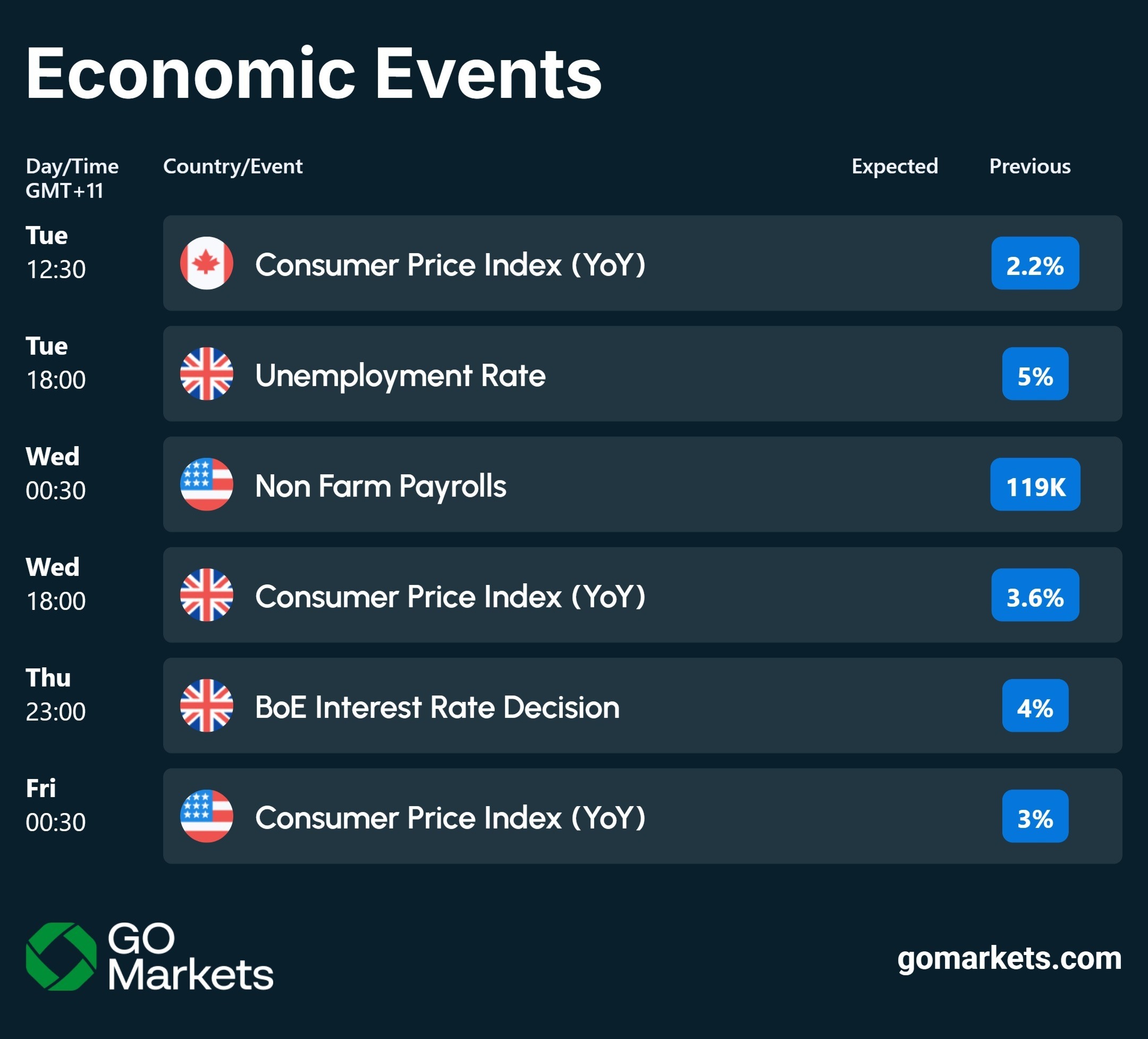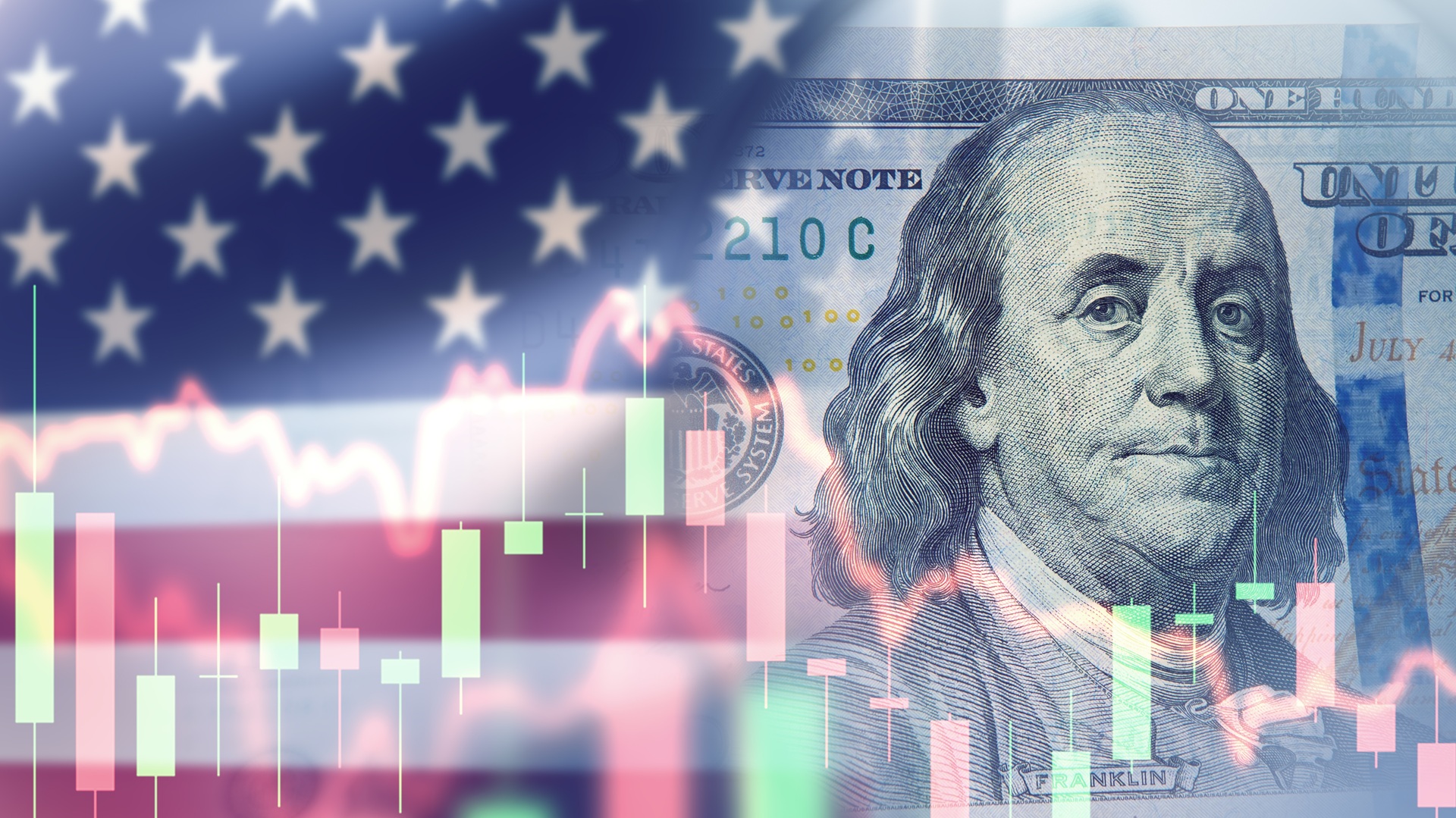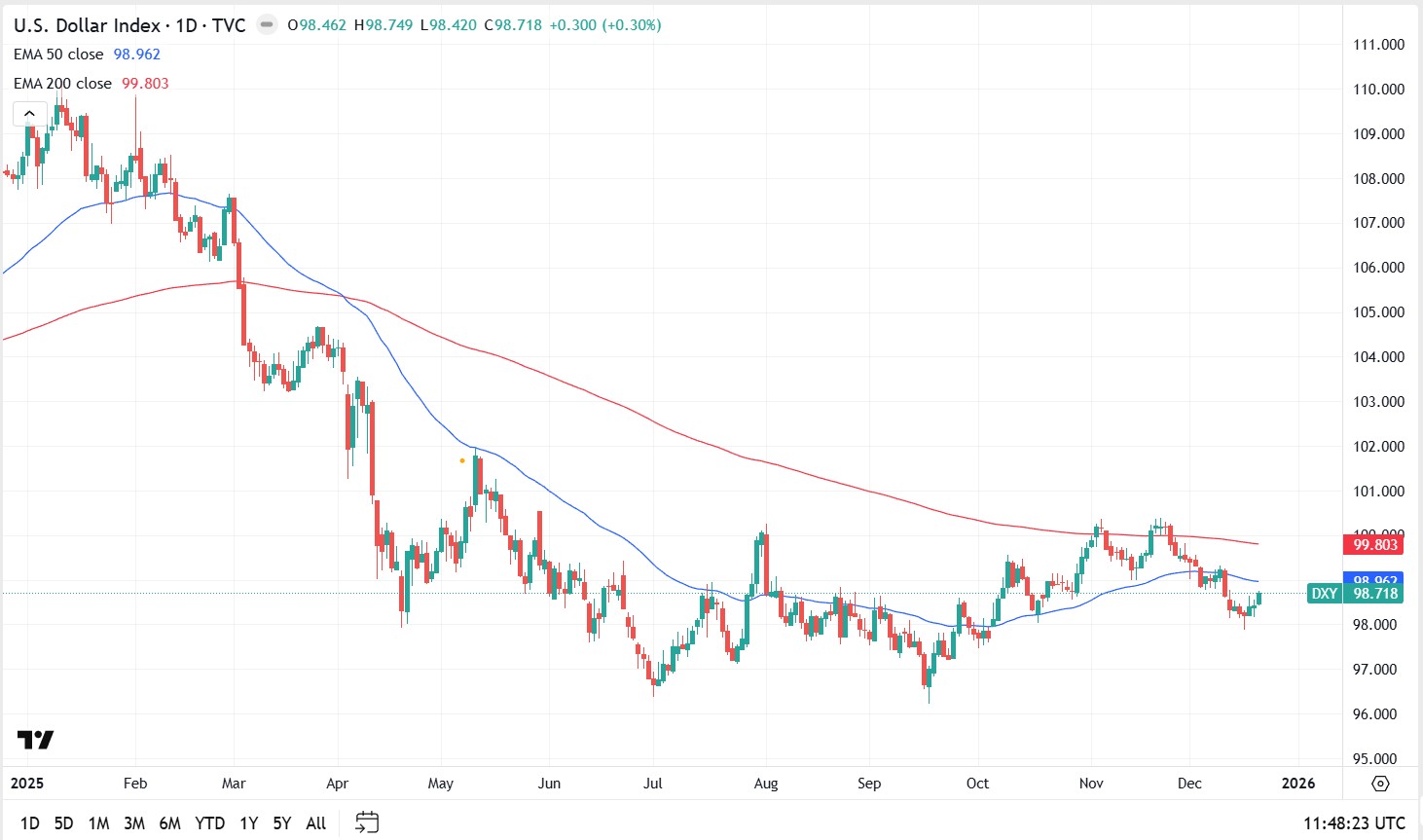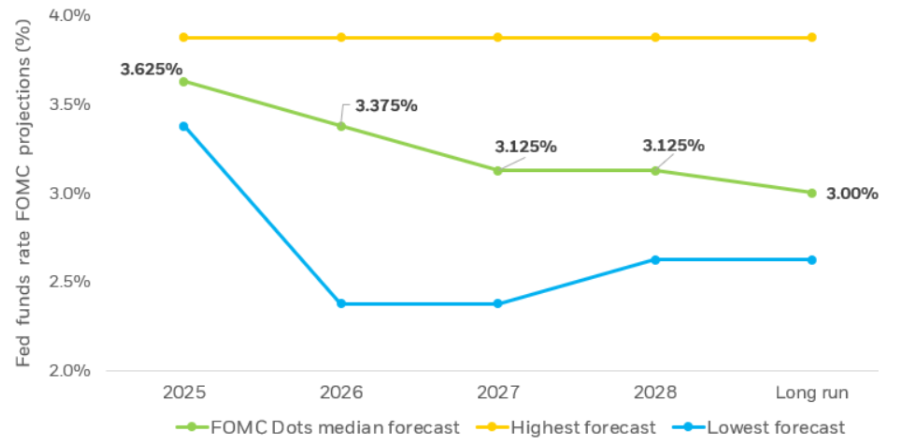Markets retreated last week, pulling back about 2.5-3% from record levels. While the decline is modest, it is marked by several headwinds that could create further pressure this week.
Government Shutdown Reaches Historic Length
The ongoing shutdown has now reached record duration, and there's still no clear resolution in sight. Healthcare remains the primary sticking point between the two sides. Some reports suggest potential progress, but the jury's still out on whether any deal will materialise or gain bipartisan support before the Thanksgiving holiday season.
Key Economic Data May Be Delayed
The shutdown's impact extends to data releases. Market-influencing government reports, including jobs numbers and CPI data, may be delayed this week — CPI is still technically scheduled, but the shutdown could affect its release. This data delay will make it harder to gauge the economy's true direction and could inject further volatility into markets.
Earnings Season Continues to Impress
Despite these macro headwinds, corporate America is delivering exceptional results. We're seeing an 82% EPS beat rate and 77% of companies exceeding revenue expectations. While we're in the final 10% of S&P 500 reports, some important retail stocks are still due. These consumer-facing companies could provide valuable insights into spending patterns and economic health.
NVIDIA Tests Critical Support Level
AI stocks are facing pressure, with NVIDIA testing a key technical level around $180-$185. The stock experienced five consecutive days of losses before bouncing strongly on Friday with a major wick rejection. If support at $180 breaks, we could see a drop to $165. However, Friday's bounce suggests a possible retest of $193. This is a crucial moment for the AI sector leader, and its direction could influence broader tech sentiment.
Market Insights
Watch the latest video from Mike Smith for the week ahead in markets.
Key economic events
Keep up to date with the upcoming economic events for the week.
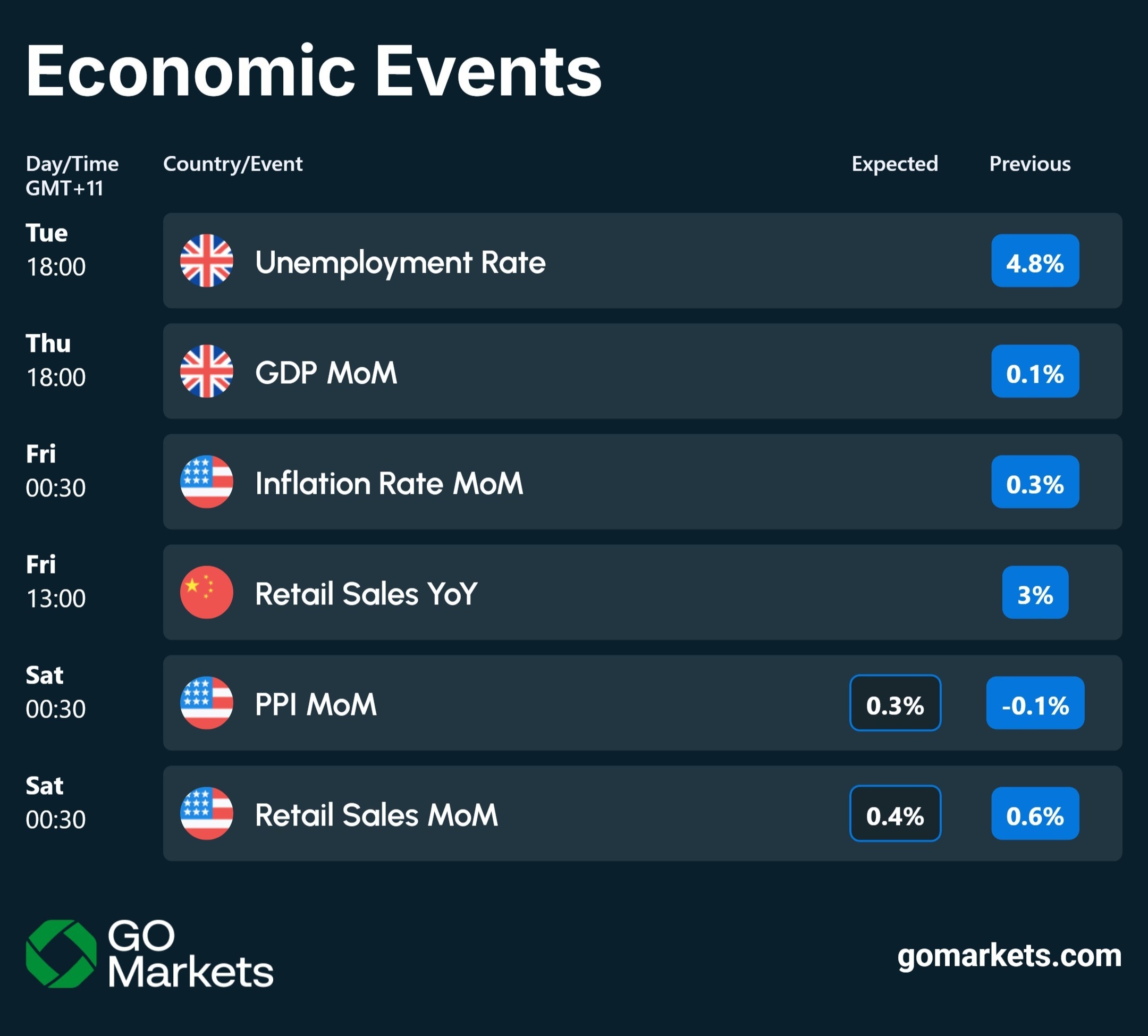





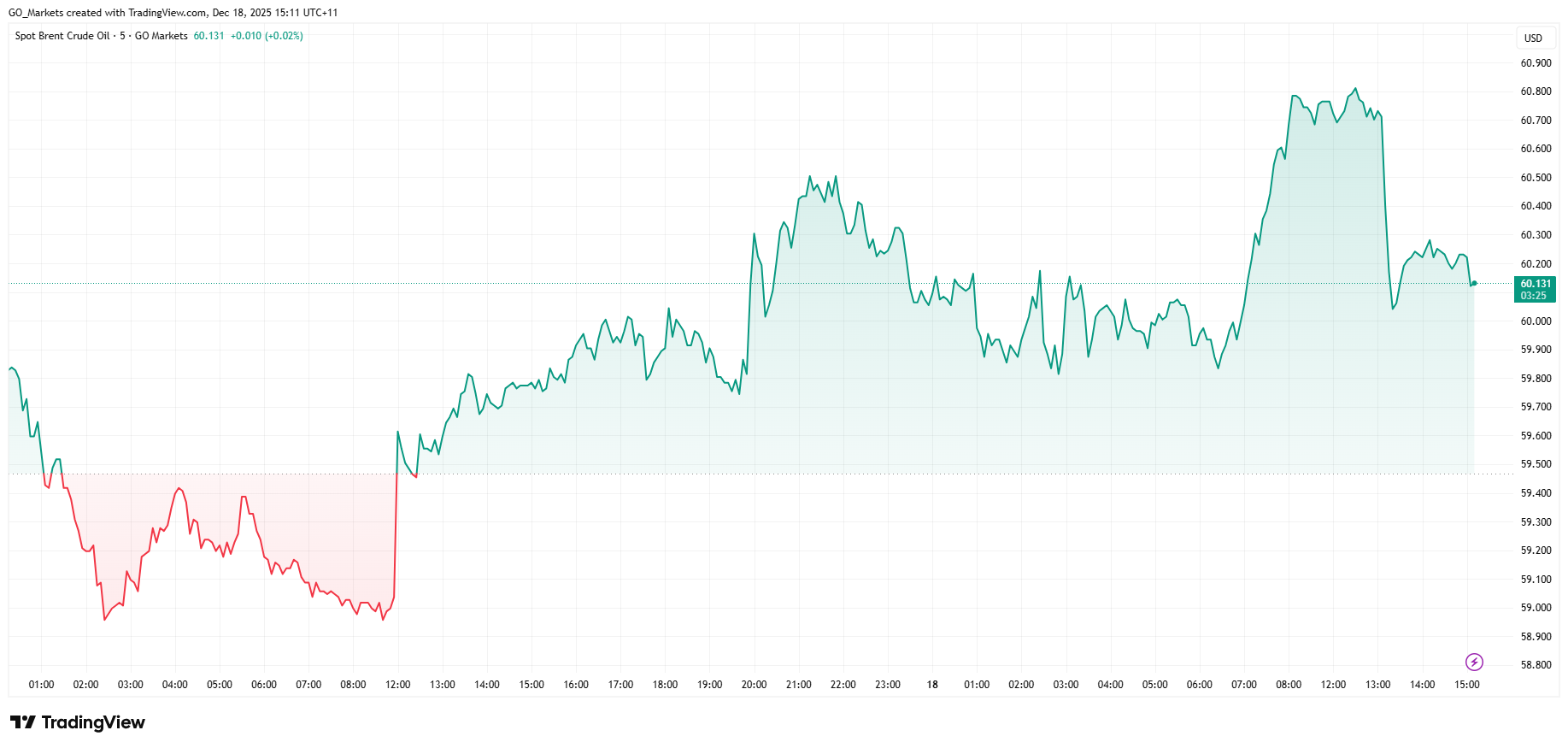


.jpg)
